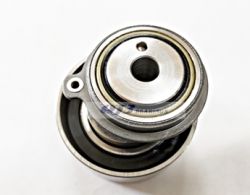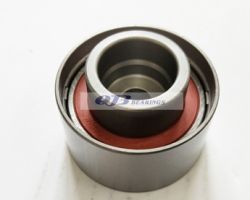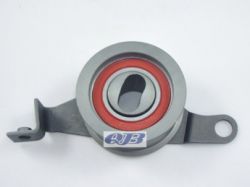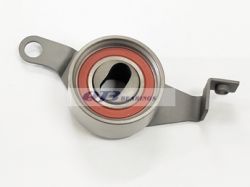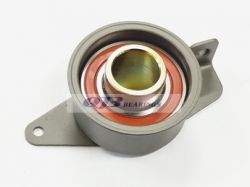The belt tensioner is at the front of an internal combustion engine. A belt-driven outer ring mechanism, including a timing belt, is essential in the set. The tensioner provides tension to the belt, which drives from the crankshaft to the camshaft, alternator, air compressor, power steering pump, and water pump. The tensioner bearing is placed at the slack side.
A tensioner bearing consists of a base, tensioner arm, spring, and pulley. It provides pressure to a timing belt that drives other pulleys while easing the strain on that belt. The belt needs to run at a constant tension to ensure that it is always ensuring that the alternator has enough power to move the pulleys, which drive all these individual components. Other primary functions include:
- Transfer driving force from crankshaft.
- Prevent noise caused by an off-line belt.
- Prevent the belt from slipping.
- Keep the belt-driven mechanism compact.
A tensioner bearing must handle high temperatures, high-speed rotation, and belt vibration because of contiguity in the engine to make the direction of a belt change. These bearings are designed against different specifications from standard deep groove bearings. There are various styles according to engine types. Queen Jen produces four kinds of tensioner bearing: utilized, ball bearing, pulley type, and bracket assembled. Our R&D team develops timing belt tensioner bearings for engines of various car models. We care about the following features in our design:
- Premium materials that ensure reliability and durability.
- Resistance to both high and low temperatures.
- Low torque to minimize the seal friction.
- Optimal seal for preventing grease leakage.
- Tolerance control for alignment
To find the right timing belt tensioner bearing for you, please visit Application.








